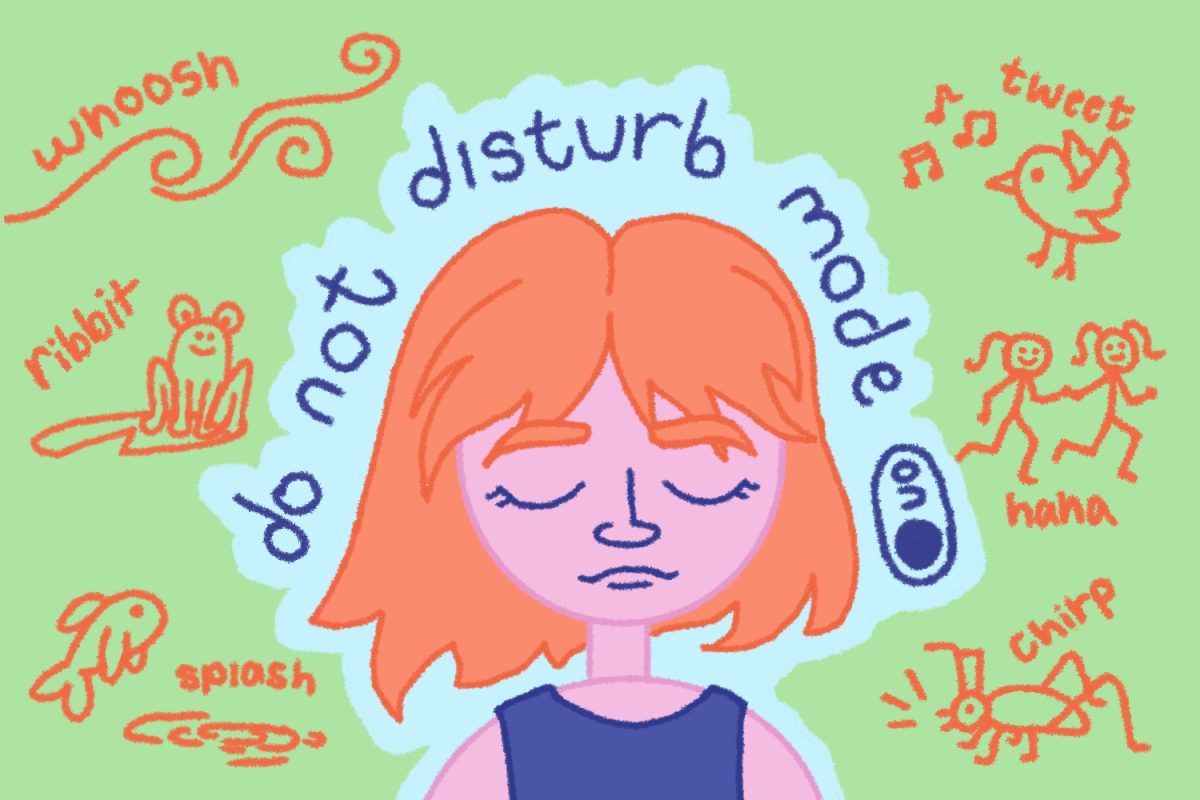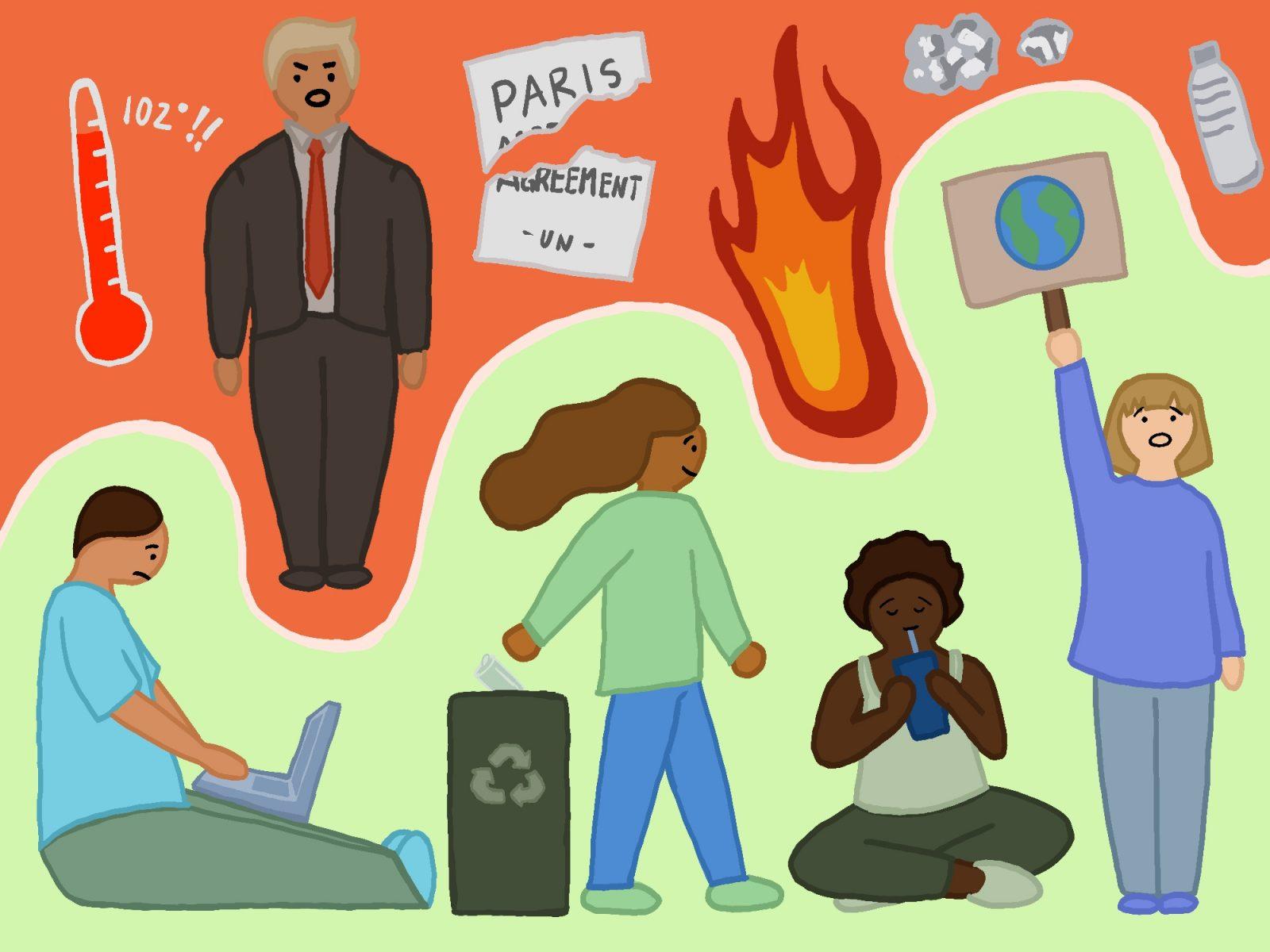The Boston University Police Department received a bomb threat in the admissions building from an unidentified individual on Thursday. This call came in between 10:30 a.m. and 11 a.m., and BUPD officials cleared the scene by 11:50 a.m.
To ensure the safety of the students and residents in the area, in the span of an hour, BUPD combed through several buildings, including 881 Commonwealth Ave., 233 Bay State Rd. and 121-125 Bay State Rd., following this phone threat.
The University of Connecticut received a similar threat Thursday as well. After the threat was called in at about 9 a.m. to the admissions building on the school’s main campus, officials investigated the scene and found no explosives.
The threats at BU and UConn were both received around the same time from the same number. Although the threats were not considered “credible,” both of the schools handled the situation very differently. After receiving the threat, while UConn’s main campus was told to “shelter in place,” we at BU carried on our normal days, most of us unaware of the possible danger on our campus.
BUPD only notified the student body about the investigation after receiving concerns about the increased police presence in the area. It is concerning that an investigation of such magnitude was happening on our campus without us even knowing about it.
Additionally, it is unsettling for those who were in the threatened area to know that they were blindly in the presence of something that could have been very dangerous.
Many of us students feel as though there should have been some sort of warning from BUPD as the threat occurred. After all, BUPD used to alert us about every suspicious package around campus, and now the inconsistency and transparency is questionable.
If we aren’t told about a possible bomb on our campus, what else don’t we know about?
However, although the lack of transparency on Thursday can be seen as a distrustful action by BUPD, in hindsight, they handled this situation in the most reasonable way possible. BUPD deserves credit for clearing the area without inducing any worry or hysteria. BUPD was not trying to hide something from us, but rather they were trying to protect us from unnecessary fear and a disruption.
BUPD Deputy Director of Public Safety Scott Paré told The Daily Free Press that it is standard protocol for BUPD to determine if a credible threat exists before notifying the student body. According to Paré, initially determining that a threat is nothing too serious is a key factor in keeping an already-nervous city as calm as possible.
It is not like this vigilance has stemmed from an unreasonable place. We are nearing the first anniversary of the bombings and most Bostonians are thinking about it. Considering the nature of the threat, people are understandably bothered, but also, a warning for a false alarm could have worried more people than necessary.
We are naturally going to be on edge considering the trauma and fear the Boston Marathon bombings caused. Regardless, there is a great difference between reactionary and practical actions that the should take. If there is physical evidence, then yes, people should be warned to avoid the area.
Last year BUPD took reasonable reactionary measures after the Boston Marathon bombings when authorities shut parts of Commonwealth Avenue and Beacon Street as a bomb squad took a look at a suspicious pressure cooker that was in the area.
BUPD neglecting to tell us about the suspicious phone call this Thursday, on the other hand, was a practical measure. When you worry more than 30,000 students in Boston, you not only worry an entire campus, but the entire city as well.
If there is something that poses a tangible and credible threat to the student body, then we have a right to immediately know about it from BUPD.
A phone call, however, is not much to cause a ruckus about. There is no point in instilling fear and vigilance when there is not much to be fearful or vigilant about.



















































































































